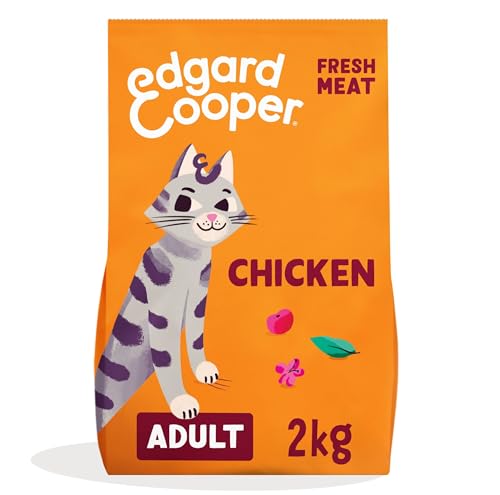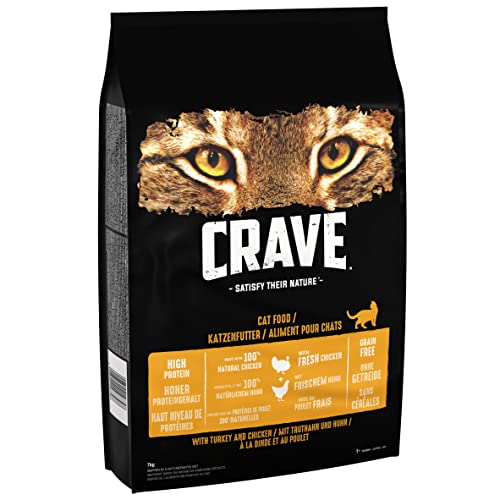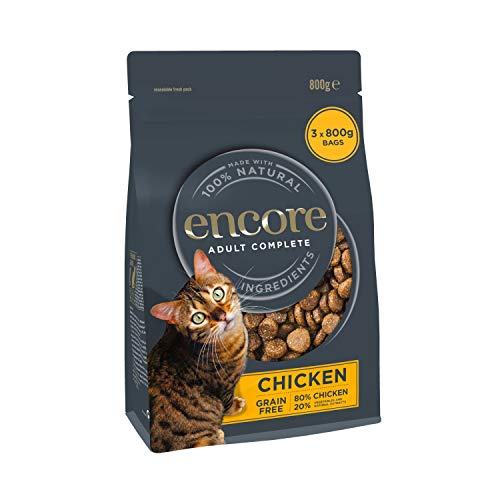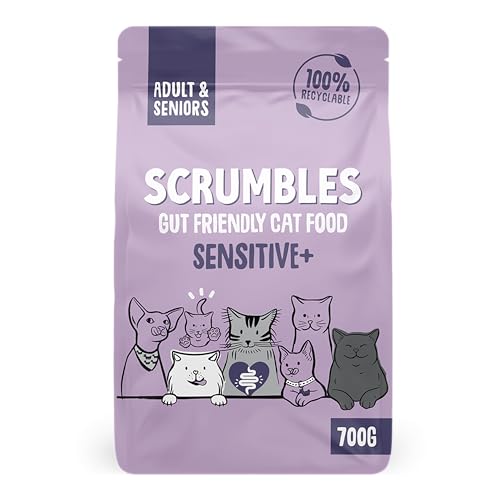Understanding Grain-Free Dry Cat Food: What Makes It Different?
Defining Grain-Free Dry Cat Food
When we talk about grain-free dry cat food, we’re looking at a type of cat food that excludes grains such as wheat, corn, and rice. Instead, these products primarily focus on meat-based ingredients, which can make them an appealing choice for cats. Since cats are obligate carnivores, their diet naturally lends itself to a higher protein content and fewer carbohydrates, which many grain-free options provide. This shift in focus allows for a diet more aligned with their natural eating habits.
Understanding Ingredient Regulations
It’s important to note that grain-free does not mean protein-free. While some might think that removing grains diminishes nutrition, many grain-free formulas include a rich blend of animal proteins, vegetables, and fruits. However, it’s essential to read the labels carefully; some brands use fillers that may not add nutritional value despite the absence of grains.
The Benefits of Going Grain-Free for Your Cat: Health and Nutrition Insights
Potential Health Advantages
Switching to grain-free dry cat food can potentially offer several health benefits. Many pet owners report improved digestion, healthier skin and coat, and better weight management in their cats. Cats with sensitive stomachs or grain allergies often thrive on grain-free diets since they are formulated without common irritants. The added protein in these foods can also help maintain muscle mass and deliver the energy that active cats need.
Impact on Weight and Energy Levels
Feeding your cat a diet higher in protein and lower in carbohydrates may lead to better energy regulation and can help prevent obesity. Cats that maintain a healthy weight tend to be more active and playful. It’s critical to monitor their overall condition, ensuring that they are growing adequately while adapting to a new grain-free regimen.
How to Choose the Right Grain-Free Dry Cat Food: Essential Factors to Consider
Assessing Nutritional Needs Based on Age and Activity
Our first step in selecting the right grain-free dry cat food is pinpointing our cat’s age and lifestyle. A kitten’s dietary requirements differ vastly from those of an adult or senior cat. Active cats may benefit from higher protein levels and extra calories, while less active or elderly cats may need a formula designed for weight maintenance.
Evaluating Ingredient Quality
Not all grain-free dry cat foods are created equal. We should look for high-quality sources of protein like chicken, turkey, or fish as the first few ingredients. Additionally, we might consider the inclusion of beneficial ingredients such as omega fatty acids for skin health or probiotics for digestive support. Avoiding products with excessive fillers or artificial additives will ensure we’re offering a nutritious meal.
Top Recommendations for Grain-Free Dry Cat Food: Our Editorial Picks
Our Chosen Brands and Formulas
Based on our extensive research and cat owner feedback, we have identified several top grain-free dry cat food options that stand out in terms of quality and palatability. Brands such as Orijen and Acana are renowned for their high protein content and whole food ingredients. Similarly, Blue Buffalo and Wellness offer varied formulas, catering to different dietary needs while maintaining quality ingredients. Each of these products has a solid track record of both cat satisfaction and nutritional value.
Balancing Taste and Nutrition
We highly recommend trying a few different brands to see what your cat prefers. Taste is just as important as nutrition, and what works for one feline might not be appealing to another. Look for options that have been positively reviewed by other cat owners regarding both nutrition and flavour.
Tips for Transitioning Your Cat to Grain-Free Dry Food: A Smooth Changeover
Gradual Transition Techniques
Transitioning your cat from regular food to a grain-free diet should ideally be done gradually over a week or two. Start by mixing small amounts of the grain-free food with their current food, slowly increasing the grain-free portion while reducing the regular food. This method can help prevent digestive upset and allows your cat to adjust to the new taste and texture.
Monitoring Your Cat’s Response
During the transition period, keep an eye on your cat’s behaviour and health. Signs of a successful transition include positive energy levels and a healthy appetite. If we observe any adverse reactions such as vomiting or unusual litter box habits, it would be wise to consult our veterinarian for further advice.
















